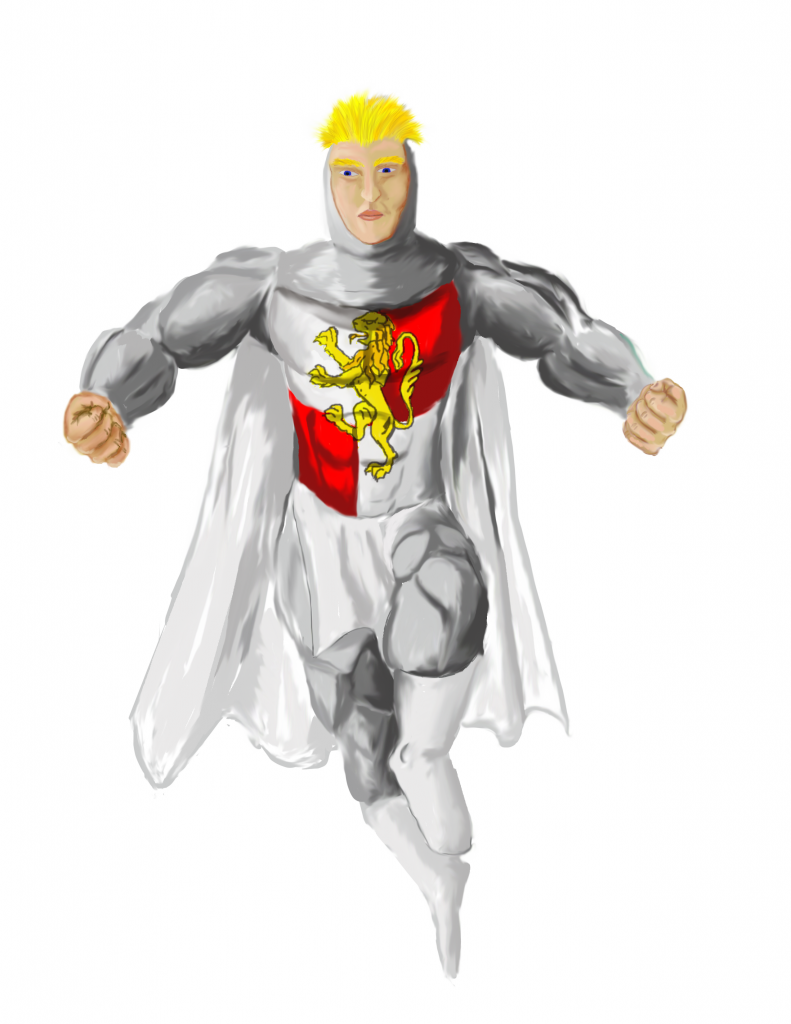In Greek Myth, Cassandra was cursed with prophecy. She could see the future but the curse was that no one would listen to her. What I didn’t realize was that her story was more detailed than I thought. Cassandra was one of fifty to a hundred children of king Priam. She would express her prophecies in cryptic language and she often had a message that was the opposite of what people were thinking of at the time.
In some ways anyone who’s trying to convince people are like Cassandra. Particularly when it comes to marketing games, you need to convince people that your new way of doing things is worth their time. Let’s look at what causes many designers to wallow in obscurity from the lessons Cassandra teaches us.
Clout
Clout is important for anyone trying to convince others. The more connected and important you are, the more people will listen. Cassandra might seem like she would have prominence being the daughter of the king but she was likely very low on the list. Meaning that she wasn’t important enough to have the other barriers to acceptance pushed through.
It can seem odd that having people like you plays a part in if they think your input is valuable. Only not really when I say it like that. Unfortunately, plenty of designers think of their games as “speaking for themselves” which they really don’t. I know I once thought that way and I can speak from experience that’s not how it works.
Very frequently, unrecognized designers lament that there is some kind of secret cabal keeping them down. In reality it’s mostly that the people on top have other voices cheering them on. There’s something called the “second voice effect” that goes a long way to being successful. When someone says “My work is groundbreaking” you tend to just ignore them. If someone else says “Emmett’s work is groundbreaking” people start to take notice. If someone that has clout says that, people will lose faith in them if they’re sounding a false alarm. That means they have a stake in only calling out people that they really like.
There really are secret cabals going on though and this is how they work. A designer with clout sees an unknown designer do something they like. The thing isn’t groundbreaking but it’s good. A lot of the time they offer suggestions to make the game better. An educated outside eye helps to shave off the rough edges and give a design focus. Something that might have happened anyway but now it happens faster. They then promote the new designer. In the process they gain the support and admiration of the new designer and their success. Networks of designers support each other this way.
Who is in your support group?
Changing Play
Cassandra told Troy to leave the horse outside. She knew her captor would die. She knew that Agamemnon’s wife would kill him. She was right every step of the way but she was saying the opposite of what people wanted to happen. Most of the Trojans wanted to take the horse as a token of their victory. In the process of everyone grieving, having being taken away from their homes as slaves, she’s giggling. Agamemnon wanted to cool his heels after winning the war.
Game makers often try and sell their titles on the basis of uniqueness. It’s natural that a designer sees something that they don’t like and decide to remake it to their liking. The pitfall in this is learning a whole new way to play is not an easy process. It takes time and energy and no one has an infinite supply of both. We naturally want new experiences but only want to expend a little bit of energy on each experiment.
Unfortunately a lot of the time designers are trying to work out problems with existing systems. To do that, they often have to up end models that people are familiar with. The players may not even be bothered by the thing that bothered you in the first place. So even if your model is demonstrably better, it may hold no value to them.
On the flip side of this is when something is too close to an existing game. Time, energy and money are limited resources. If there’s an existing game that does mostly all the same things and it’s proven itself over time, what’s the sure bet?
Ideally then, you want your designs to be novel but have an easy path to access through what a prospective player already knows. Sometimes a smart path is to write for an established game with supplements until people know the quality of your work and then once you have clout built up you can ask more of them.
Too Far Ahead
Cassandra spoke her prophecies in riddles. To her, they seemed obvious because she had seen the future. To everyone else she’s talking crazy talk about bulls and cows.
This is similar to the curse of knowledge. Because you know a thing so intimately, it seems obvious. Unfortunately you may have taken several steps already in your design process and you can’t remember why you took steps 2 and 4. When others look at your design, it doesn’t speak to them the way it does to you. They don’t know where you’re going and it’s going to take effort on their part to figure it out.
Do they need to figure it out? Maybe you’re a prophet with important insights. Maybe you’re just a lunatic. To them the latter seems more likely. It’s usually best to ignore the crazy talk.
If you’re just wandering, you may find shiny bits lying in the sand. Instead of making everyone recreate your trek through the dessert, remake the path directly to the reward you want everyone to find. That means throwing out 9/10th of everything you did and starting over.
If you have a mission or you’re remaking your map to the reward (which are the same thing), know why you’re taking each step in the design process. Beyond that, record for yourself why you took each step. These whys can be used to explain your game to others. Maybe they’re not looking for the reward you’re sharing, that’s okay. You’ll attract the people that will appreciate what you’re offering.
But don’t give them crazy talk and hope the “mystery” of it will entice them to figure out the puzzle you’ve constructed.
Try This
Make allies, help them get where they want to go. They may return the favor.
Start by doing something novel but not something that takes a lot of effort to learn.
Know your message and be ready to translate your message to others.
I’m writing this mostly to myself. I heard a podcast about Cassandra and her problems getting people to listen to her and I realized that I had done everything wrong that she did. All my false steps came swirling out in front of me. I’ll try and do better now that I know this but don’t be surprised if I slip back into old habits.


